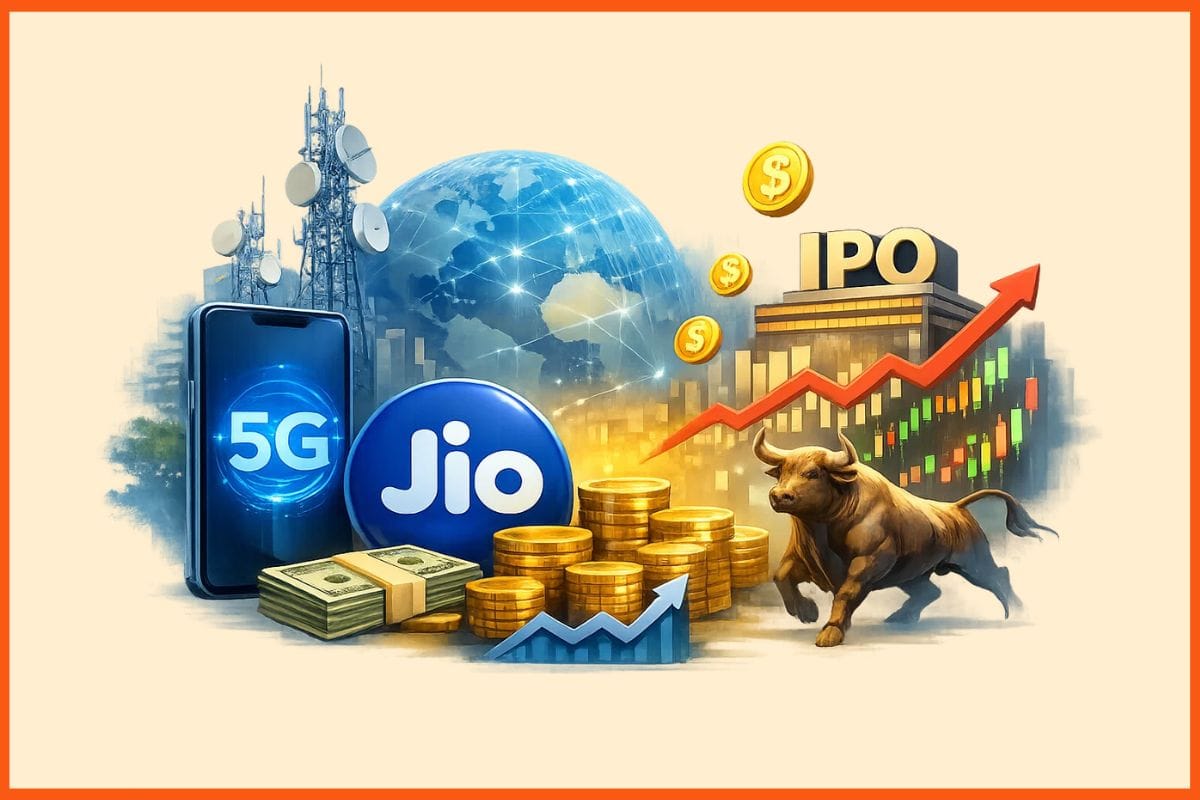For More Streamlined Payments, RBI Increases UPI Lite Limit

On September 9, 2024, the Reserve Bank of India amended the Unified Payment Interface (UPI) limitations, which were previously set at INR 2,000 and now stand at INR 5,000.
The Reserve Bank of India's governor, Shaktikanta Das, announced that the Monetary Policy Committee (MPC) had decided not to alter the repo rate and that instead, the central bank would be raising specific restrictions for different types of transactions. "We have decided to increase the UPI lite wallet limit from INR 2,000 to INR 5,000 and the per transaction limit from INR 100 to INR 500." "We have decided to increase the per transaction limit in UPI123Pay from INR 5,000 to INR 10,000," Das added. According to Das, the action is intended to promote the broader use of UPI and improve its accessibility and convenience.
Appreciating this move, Kaushik Chatterjee, Founder & CEO of Unifinz Capital India Limited, stated, "The RBI's decision to enhance UPI limits will encourage users to use it more frequently and make it more inclusive. Borrowers who were restricted by the transaction limit of UPI will now be able to pay higher loan instalments up to INR 10,000 through the UPI. At Lending Plate, where our customers are more comfortable making payments through UPI, this move will be a blessing for them. The increase in UPI limits shall boost the recovery efficiencies of every lending nonbank and, more significantly, the digital lenders whose loan size is smaller and so their loan instalments. Moreover, borrowers, by paying more promptly because the payment option now becomes more friendly with this move, will see their credit history improving, and that will have a positive bearing on the overall lending ecosystem."
Similar thoughts were shared by Vikkas Goyal, Founder of Rupee 112; he said, "The RBI's decision to increase the UPI Lite wallet limit and raise the transaction cap for UPI 123Pay represents a transformative step toward greater financial inclusion. For fintech platforms like us, this move enhances our ability to offer seamless and secure loan disbursement to salaried professionals across India. By leveraging UPI, we can streamline the loan disbursement process, making access to emergency loans faster and more efficient. The emphasis on strengthening cybersecurity is timely, and as we continue to expand, safeguarding customer data will remain a core priority for us."
"The UPI transaction limit hike is a game-changer for digital lenders, especially those like Bharatloan that focus on bridging financial gaps for the underserved. This development enhances our ability to offer seamless, paperless loan disbursement and collection processes for our customers, allowing them to manage their financial needs with greater ease. While the RBI has rightly raised concerns around underwriting practices, we are committed to continually improving our risk management protocols to ensure responsible lending as we scale. We welcome these progressive changes that will support both growth and stability in the digital finance space," opined Amit Bansal, Founder of Bharatloan.
For People Using Non-Smart Phone/Feature Phones
The revision of the UPI limit for UPI123 Pay is beneficial to those who use feature phones or non-smart phones. The RBI has raised the current payout threshold for this category to INR 10,000. People who want to use UPI for digital payments but don't have internet access generally use this function. In order to use this service, customers must enter their 4- to 6-digit transaction pins.
With UPI123 Pay, users with feature phones (i.e., non-smartphones) can quickly and easily make payments utilising the Unified Payments Interface (UPI) payment service without needing to access the internet. The goal of this service is to reach the 400 million feature phone users in the nation while being more inclusive. In addition to using Dual Tone Multi-Frequency (DTMF) signalling technology and adhering to the UPI two-factor authentication protocol for transactions, the service also requires an account number and phone number.
Users will need to set up a UPI ID on their feature phone in order to utilise the UPI123PAY service.
- Step 1: Enter *99# and select the name of your bank.
- Step 2: Enter your debit card's last six numbers as well as the number of expiration.
- Step 3: Following this, you'll be prompted to create a UPI pin.
- Step 4: The UPI ID will be activated after your UPI pin has been set.
Enhancing the Usage of UPI Lite Wallet
With their UPI Lite wallets, users may now make payments up to INR 5,000. Previously, the limit stood at INR 2,000. Similar to a digital wallet on your smartphone, UPI Lite caters to small-scale transactions. This payment mechanism operates without the need for the primary banking infrastructure. Users can store a balance limit (INR2,000 earlier) with UPI Lite. Customers can use this updated balance of INR 5,000 for low-value transactions. The RBI increased the per-transaction limit for this mechanism from INR 100 to INR 500.
You can replenish the wallet's balance when it runs out by using the associated bank account. Das stated that the MPC has chosen to maintain the repo rate at 6.50% for the 10th consecutive time during the announcement. People often accept that repo rates represent interest rates on loans to commercial banks.
"The move will enhance the customer experience by allowing larger value transactions with lower failure rates. In addition, this will reduce the strain on the payment gateways and servers as more transactions will be conducted using the UPI Lite - a system which does not require a two-factor authentication. From a technical standpoint, this offers tremendous benefits as it minimizes downtime risks because less frequent database hits for authentication and processing will lead to greater stability of the system. It also creates opportunities for FinTech businesses to optimize backend infrastructure to support a larger number of transactions at minimum additional cost. The business will also have to spend less on server and bandwidth-associated costs improving the green footprint of the company," stated Dipal Dutta, CEO and founder- RedoQ.

Must have tools for startups - Recommended by StartupTalky
- Convert Visitors into Leads- SeizeLead
- Website Builder SquareSpace
- Manage your business Smoothly Google Business Suite







